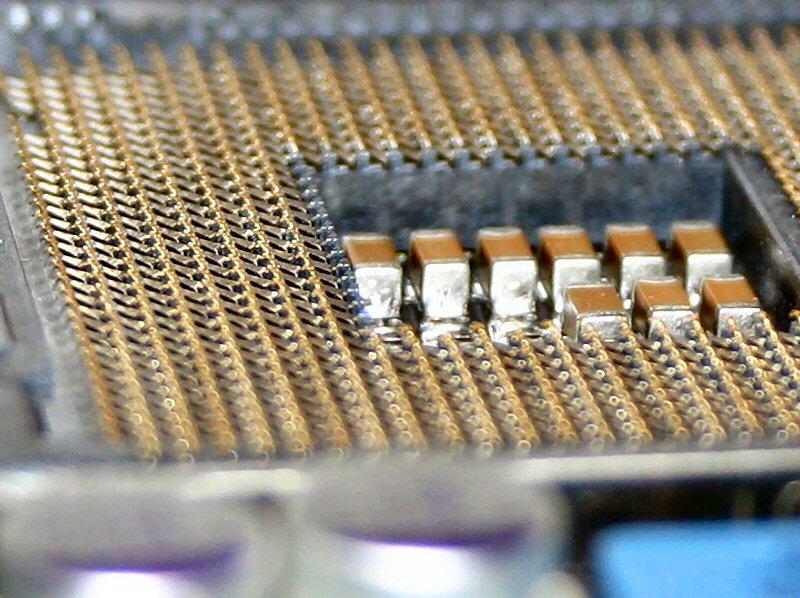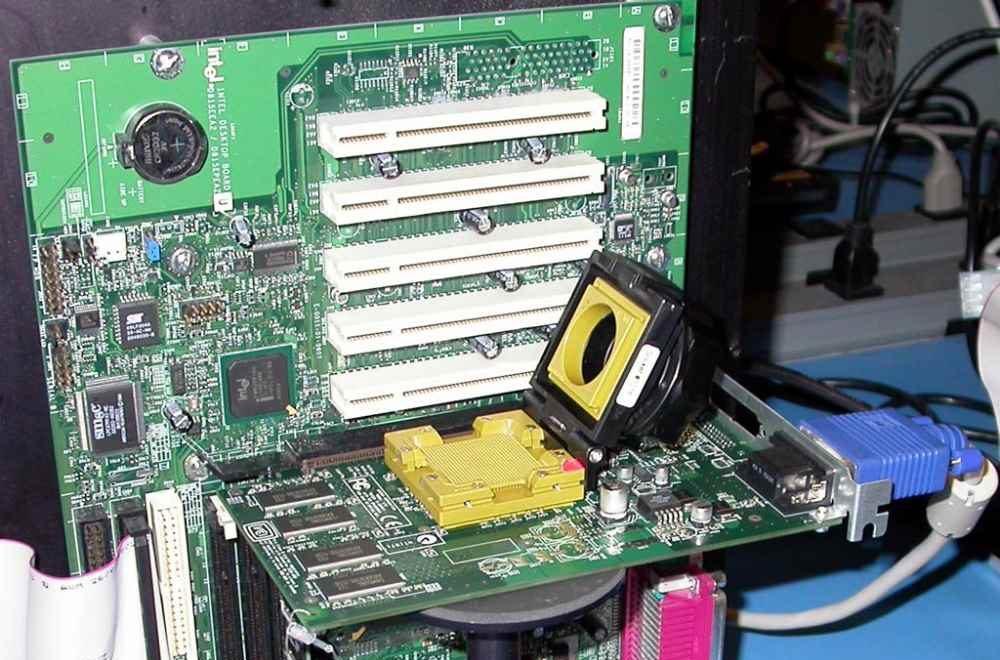
One thing that you may have noticed is that the CPU pinout, that is, the connections under the processor, have been increasing over time. They are getting smaller and they are getting more and more. Wouldn’t it be better to have a universal socket to place any processor? Well, today we will explain the reason why there are more and more pins or connections on the processor.
If we take an Intel or AMD CPU and start counting the number of pins they have, we will find that the number of pins has been increasing over time. For example, a Pentium III from the late 90s had 370 pins in the processor, while the last two generations of Intel Cores have raised the figure to 1700. The utility of all of them is not only to feed the CPU with electrical energy for it to work, but to communicate it with the different elements inside the board, both with the RAM memory, with the chipset and the different components and peripherals connected to the expansion buses.
Why do processors have more and more pins?
The answer to this is very simple, to add more and more functions to the processor. Moreover, one of the reasons that has allowed processors to be more energy efficient over time is the increase in the number of pins. The reason for this is easy to explain, in the processors of yesteryear the designs worked with a single voltage, but today we have several different voltages for different clock speeds and consumption. Therefore, depending on the workload of the processor at all times, one or the other will be activated.
Another reason is that some functions of the peripherals and components need to be activated through a specific pin. The operation is simple, the fact of sending a reading to a specific memory address activates a mechanism that activates or deactivates said pin and the corresponding function of the board. Nor can we forget about communication, having many pins to transmit data means lower clock speeds and with it lower consumption for data communication.
Finally, we cannot forget about the temperature monitoring mechanisms, which perform continuous readings on the processor and adjust the speed and voltage automatically to avoid overheating that could affect the PC. As the number of processor pins increases, the more precise the information they receive and the more control they have over the CPU.
And what happens with the chips that are soldered?
In laptops and graphics cards, their chips are soldered; however, the functionality is the same and the pins are still there, only instead of making contact through a socket, what they do is pass or receive the information through them. It’s more when we disassemble the solder we can see the same type of pins. The only difference is therefore that they cannot be easily assembled by the user. As a curiosity, a good part of the GPUs or graphics chips are prototyped using cards with an integrated socket in them, like many processors for laptops, but the final versions are fully soldered to the board.





